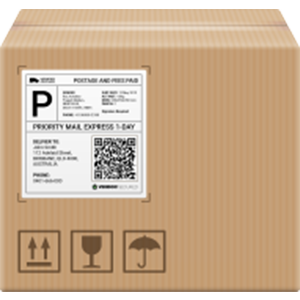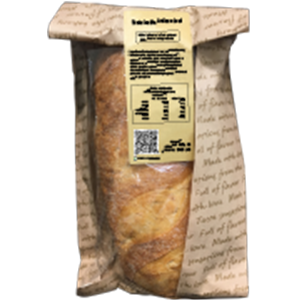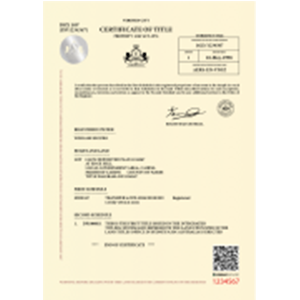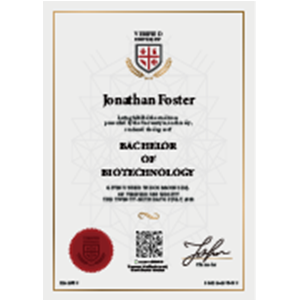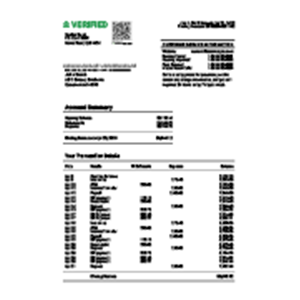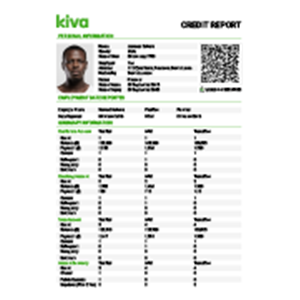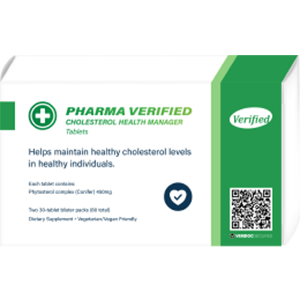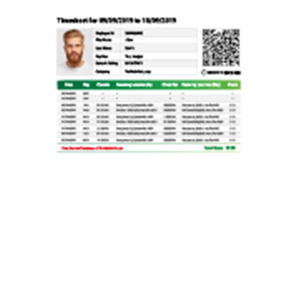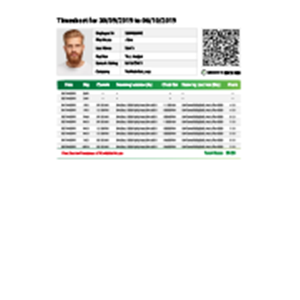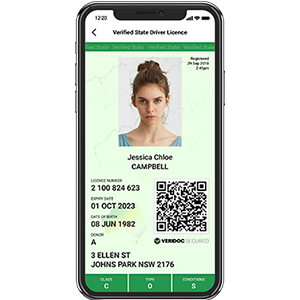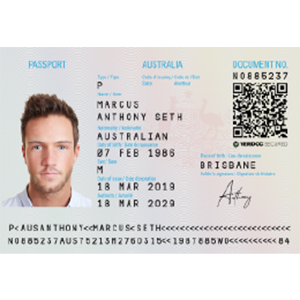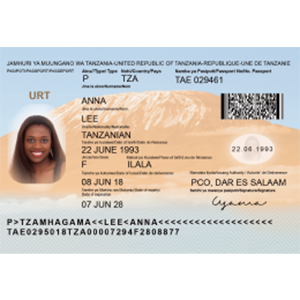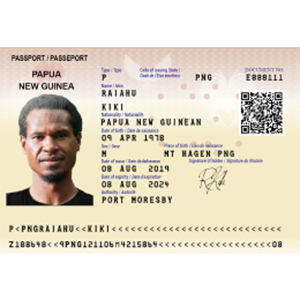How does the digitisation and hashing of the document work? Is an encrypted document made and stored on client server with the encryption key on the blockchain?
27 Apr 2024
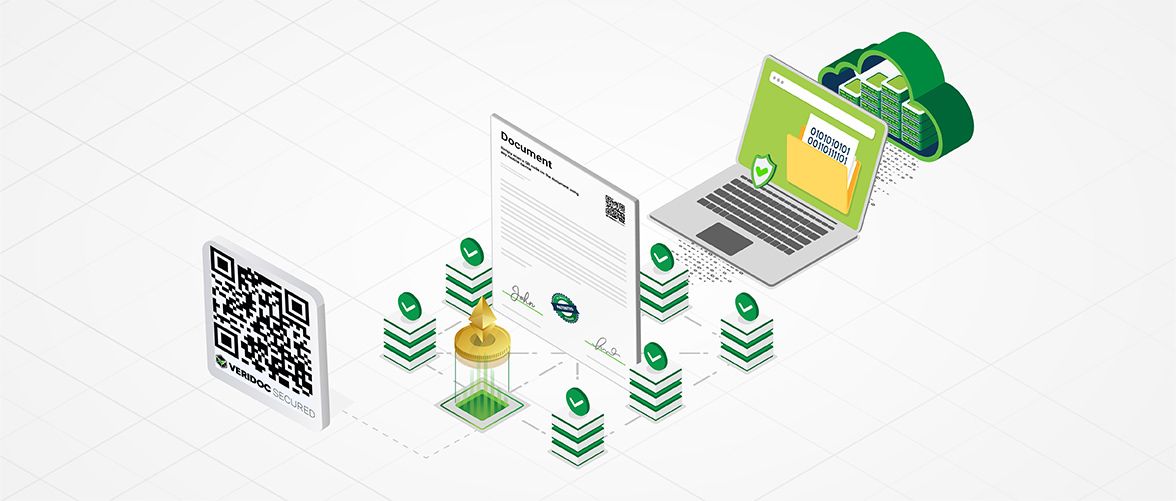
To answer this question, let’s break it down into 3 parts-
a) How hashing works: In simple terms, hashing means taking an input string of any length (data from your document) and giving out an output of a fixed length. This output string is sent to the blockchain. This is a critical function because this property of hashing leads to one of the greatest qualities of the blockchain, which is, its immutability. That means, if someone makes even a slight change in your input, the hash will no longer match with the one initially generated, protecting you against fraudulent tampering of your document.
b) Digitising the document: Since blockchain itself is not efficient to store digital records (considering the size of digital records and excessive cost of such transactions), VeriDoc Global has come up with a mechanism to store digital documents in client’s secured server after the data from the document is added to the blockchain. In simple terms, the digitisation of the document involves, extracting data from the document, storing the document as data on the blockchain and recording the transaction into a unique QR code which is then added on the original document issued by the issuer. This new document is converted into a pdf and is stored locally on client’s server.
This is done by cryptographically linking the data extracted from your documentand converting it into a hash which also records the destination of the original source file. VeriDoc Global is responsible for creating that unique hashand storing it on a Blockchain network like Ethereum.This hash is then embedded into a unique QR code. By scanning this QR code,anyone can uniquely identify the content of the original document created by the issuer, which isused to verify your data’s integrity and timestamp.
c) Storing encrypted documents on Client’s server and data on the blockchain: Once the user creates a document using their VDG account, the document data will be sent to the blockchain (in the form of hash). Once the transaction containing the hash is complete, the hash containing information of the document will be embedded into a QR code. This document will be stored locally on the client’s secured server. This will be used as a three-step verification as VeriDoc Global will fetch the original document in a preview mode on the verification page that shows up when the user scans the QR code present on the document. Therefore, from the verification screen, user can visually compare the contents of the document and can also verify the data integrity on the blockchain explorer.






 Brand Trust
Brand Trust

